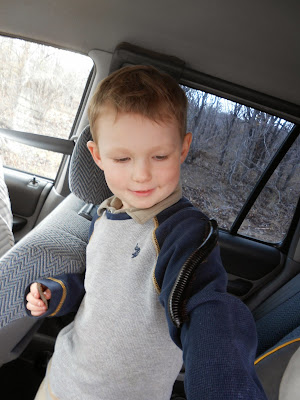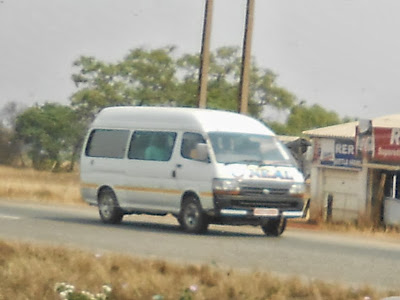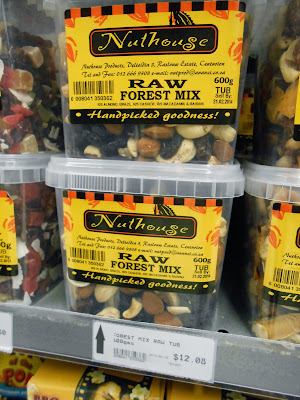Complicated name? Yes. I think they just wanted to use all the vowels in one word. Though I often can’t remember the name and simply call it “Gonorrhea,” the actual national park of Gonarezhou seems to have about twelve pronunciations among even the locals of Zim: “Gah-nah-rez-oo,” “Gah-na-rez-oe,” and “Gah-nah-res-au,” and “Gah-na-re-zow” to name a few. However you say it, our trip to this hard to pronounce land caused a great deal of trepidation.
“Are we seriously ready for this?” I had asked Kurt. “Do we actually think we are ready to camp on safari by ourselves with no guide or human being for hundreds of miles?? Just us, alone with the lions?!? And our newly four year old?”
The more I thought about it and the more I found out, the more I panicked.
Our trek took us off the map as far as it is possible in the 21st Century. Located deep in the south of Zimbabwe, Gonarezhou is one of the three adjoining national parks (along with Kruger National park of South Africa and Limpopo National Park of Mozambique) that make up the Limpopo Transfrontier Conservation Area. The joining together of these parks into one massive area (36,000 square miles!) of unfenced land has allowed animals to take up their old migratory routes that were previously blocked due to political boundaries.
Gonarezhou, meaning “place of many elephants,” is notorious, above all, for its plentiful -and aggressive- elephants. With over an estimated 11,000 elephants, Gonarezhou has more elephants per square kilometer than anywhere else in the world. But don’t try to convince me of that.
You will not see one picture of a Gonarezhou elephant on my blog this week.
After eight hours of driving, we arrived the day the rains came. While this would usually be an exhilarating, special moment to be in a notoriously hot and dry track of land, in essence it drove the herds deep into unreachable hiding places in forests suddenly green and moist. Good for elephants. Not so convenient for the girl holding the camera.
The rains also provided a fun but challenging time in a number of other unexpected ways I’ll make sure to get your sympathy about in the many days of Gonarezhou blogs to come! Stay tuned…
The river behind our cabins- the rain was desperately needed!
How most of my pictures turned out... blurry, through fogged up car windows dotted with rain. Can you see the impala in this picture??
Traveling: Our friends, the Mullen family, joined us for our latest safari. Who's bored by the rain? Not us. Here Ryan entertains us all from the backseat.
Welcome back chongololos! Meet our happiest reunion with the arrival of the rainy season... the famous African millipede.






































